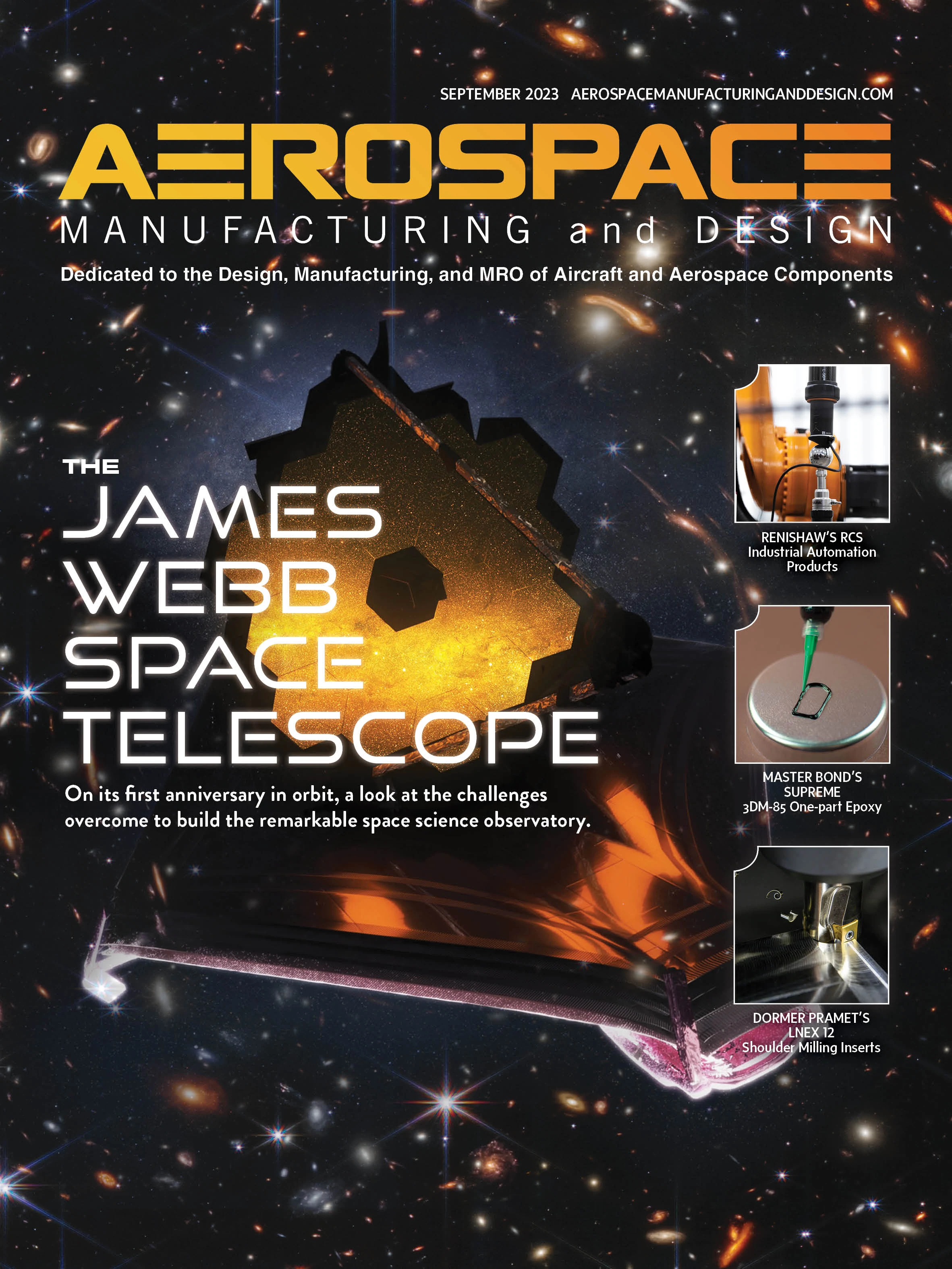
COMPANIES
Avio purchased a Sapphire XC 1MZ printer and a Sapphire printer classic from Velo3D to support development and production of its propulsion systems and accelerate advancement of the space sector. Velo3D’s solution was chosen for its ability to produce parts with optimized geometries for maximum performance and the Sapphire XC 1MZ’s large build volume. The printers are calibrated to produce nickel alloy components, offering strength and corrosion resistance in extreme temperatures.
Avio, an innovator in the aerospace industry for more than 120 years, aims to make space more accessible and affordable. Focusing particularly on propulsion systems, Avio has created competitive solutions for launching institutional, governmental, and commercial payloads into Earth’s orbit through the Vega family of rockets. With adoption of the fully integrated solution from Velo3D, Avio aims to reach new goals in design quality and in product launches.
The Sapphire XC 1MZ 3D printer has a build volume of 600mm x 1,000mm. The classic Sapphire has a print volume of 315mm x 400mm. The printers’ freedom of geometric design and precision allow Avio to overcome limitations of traditional manufacturing methods, including conventional additive manufacturing (AM) solutions. Avio will be able to optimize designs and produce components with complex geometries previously unattainable, resulting in improved performance and reliability, reduced weight, and a more efficient, accessible space industry.
Additive manufacturing pre-production cell

GKN Aerospace is commissioning the world’s largest known laser directed energy deposition additive manufacturing (AM) cell as part of its new Global Technology Center in Texas. Cell 3 is the next step in advancing large-scale AM of titanium aircraft structures through laser metal deposition with wire (LMD-w).
GKN Aerospace has been advancing use of LMD-w technology for two decades, beginning with its aero-engine systems business.
In 2022, GKN Aerospace unveiled a 2.5m milestone titanium structure developed in Cell 2. Cell 3 will enable development of 5m titanium components using the LMD-w process.
MagLev Aero selects GE Additive for propulsion platform for eVTOLs

MagLev Aero selected GE Additive’s AddWorks consultancy team to support development of additive technologies and materials for its proprietary MagLev HyperDrive aero propulsion platform.
The aero propulsion platform drives ultrafast, ultraquiet, high-efficiency maglev trains, using a circular rotor. This approach has the potential to deliver less noise, more payload, elevated safety, and compelling industrial design for high-efficiency electric aircraft.
MagLev Aero’s propulsion-first business model allows its platform to be integrated into different original equipment manufacturers’ (OEMs’) aircraft concepts and electric vertical takeoff and landing (eVTOL) vehicles, enabling industrial design elements and use cases previously thought impossible with traditional rotor technology.
GE Additive is one of the first companies to support MagLev Aero, driving the potential of AM to unlock a new generation of eVTOL aircraft designs that achieve ultra-low noise operation in high-altitude cruise, take-offs, and landings for community acceptance and widespread public accessibility.

Explore the September 2023 Issue
Check out more from this issue and find your next story to read.
Latest from Aerospace Manufacturing and Design
- Titanium drop bottom furnace installation underway
- Solid carbide taps for demanding materials
- The Partner Companies acquires Precision Eforming
- Hall Effect angle sensors
- July is for learning – so drop in for this month’s second Manufacturing Lunch + Learn
- Essential strategies to protect your data
- NASA selects instruments for Artemis lunar terrain vehicle
- Twin-cutter boring head





